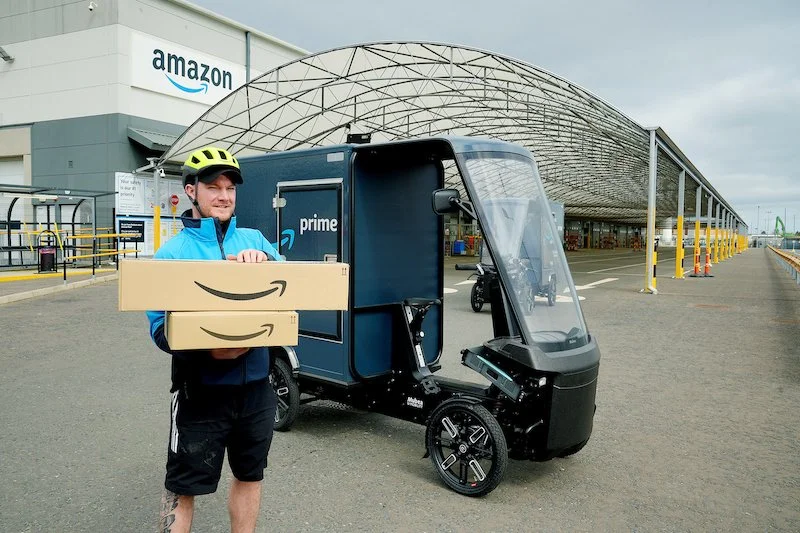Digital vs physical retail services and products: pros and cons
When it comes to the world of retail in the 21st century, there's a clear split between those faithful to the traditional, old school method of having a physical store, and those who conduct their retail businesses solely online.
In this article, we compare the pros and cons of both.
Pros and cons of digital services and products
Nowadays, most businesses either offer a digital platform alongside their physical products and services or work exclusively online. Consider, for instance, the casino industry.
Though physical establishments still exist and cater to an old school demographic, players can now enjoy online slots at Betfair Casino, for example, with ease on various devices, from PCs to phones. This makes it possible to enjoy the services provided both at home and on the go.
This leads us to the main pro of any digital service/product: they’re easily accessible. Digital services and products are convenient, just a few clicks or a few taps, and you've made your purchase, without having to go to an actual store.
In addition, there are advantages for both consumers and business owners.
For example, consumers can enjoy typically lower prices because businesses don’t have to worry about the overhead costs that are associated with a physical store. Moreover, this opens up the option for a more global approach, as there are far fewer geographical limitations when it comes to the Internet.
However, there are also some considerable drawbacks. Firstly, not everyone is tech-savvy enough to enjoy the digital world. This can potentially alienate quite a large group of consumers. And, as per the DemandSage article, there are only 5.3 billion internet users out of an overall global population of 8 billion+ people.
We also have to note that not all products and services are able to exist fully online.
Finally, building a client base digitally is typically harder as the competition is very tough in the digital retail sphere. This is, in part, due to how much easier it is to create an online company and the massive e-commerce conglomerates that already exist.
Advantages and disadvantages of physical services and products
Now let’s take a look at physical services and products.
The easiest place to start is the fact that building trust when you’re face-to-face with your clients is much more straightforward, at least that's what FreshBooks suggests. Not only when it comes to the ability to actively interact with your consumers, but also because they can have a tangible way to assess a product or service.
Also, it’s simpler to provide a more personalised touch and approach, which only leads to happier clients.
For many individuals, there's instant gratification from some retail therapy: they don’t have to wait for something to be delivered and instead can simply leave the premises with their purchased goods or with an instantly fulfilled service.
However, between the cost of rent, inventory management, and more, the brunt of it, price wise, tends to fall onto the consumer. This means that some consumers would rather resort to ordering products/services online just to avoid higher costs.
Last, but not least, physical products and services are more demanding when compared to their digital counterparts. They require more people, from providing the services to manning the store to security, which means more management and resources from business owners.
After analysing all of the above, it’s pretty clear that there's no definitive sense of a 'winner'. In the end, both physical and online stores/services provide something valuable and unique to consumers.
Whether you want to get some fresh air and buy yourself a gift, or would rather get some art delivered home - the choice is ultimately yours.

















Continue reading…